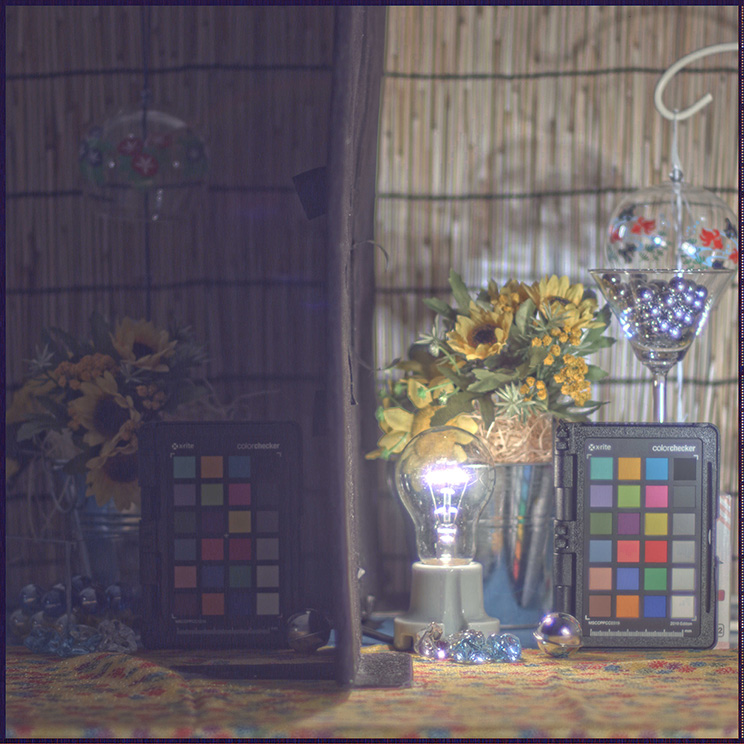
- #FULL FRAME SENSOR NIKON CAMERAS SOFTWARE#
- #FULL FRAME SENSOR NIKON CAMERAS PLUS#
- #FULL FRAME SENSOR NIKON CAMERAS PROFESSIONAL#
The image quality is as good as that achieved using the phototube solution. To attach the camera to the microscope, one eyepiece needs to be removed.

We also offer adapter solutions for this connection option. However, it is also possible to attach the camera to the eyepiece tube. Some facts on the specimen: Widmanstätten structures are characteristic patterns that are mostly found in meteoritic material and become visible when iron meteorites are polished and treated with a solution of nitric acid in methanol.īecause the camera is relatively heavy ( 1,200 grams), we generally recommend attaching it to the phototube of the microscope, because the phototube is specifically designed to have cameras attached to it. The next image was taken with our LM photomicroscope and the Nikon DS-Ri2. We got a good overview with our LM macroscope – the image shows a 30 mm field of view: We tested the DS-Ri2 with our LM macroscope, our photomicroscope and a standard laboratory microscope, using a polished iron meteorite as our specimen. Our wide-field adapter solution, which is optimised for this sensor format, provides a large field of view without any vignetting. We offer adapter solutions for a wide variety of microscopes (laboratory microscopes, stereo microscopes).
#FULL FRAME SENSOR NIKON CAMERAS PROFESSIONAL#

#FULL FRAME SENSOR NIKON CAMERAS SOFTWARE#
However, this does not include the cost of the NIS software suite, which – depending on the package selected (each package has a different range of functions) – must be added to the camera price. In this configuration, the camera can show off its strengths and justify the rather steep price tag of about € 10,000.
#FULL FRAME SENSOR NIKON CAMERAS PLUS#
The big plus of the Nikon DS-Ri2 microscope camera is its integration with Nikon’s powerful NIS imaging software suite in combination with motorised and coded Nikon microscopes. It is therefore only reasonable that Nikon decided to use this experience and technology in its microscopy products and make the powerful features of its state-of-the art sensors available to microscope users. It has a Nikon F-mount bayonet lens mount, which is perfect for attaching the camera to a microscope with one of our adapter solutions.Īs a decades-long leading camera manufacturer, Nikon develops its own high-quality image sensors for DSLR cameras and mirrorless system cameras.

The DS-Ri2 is considerably more powerful than comparable C-mount cameras and can be controlled remotely with Nikon’s NIS microscope imaging software. Nikon’s DS-Ri2 high-resolution full-frame sensor microscope camera performs impressively on all microscopes! Nikon manufactures powerful CMOS sensors for DSLR cameras, which – at long last – have been optimised for microscopy to develop a high-definition colour camera: the DS-Ri2.


 0 kommentar(er)
0 kommentar(er)
